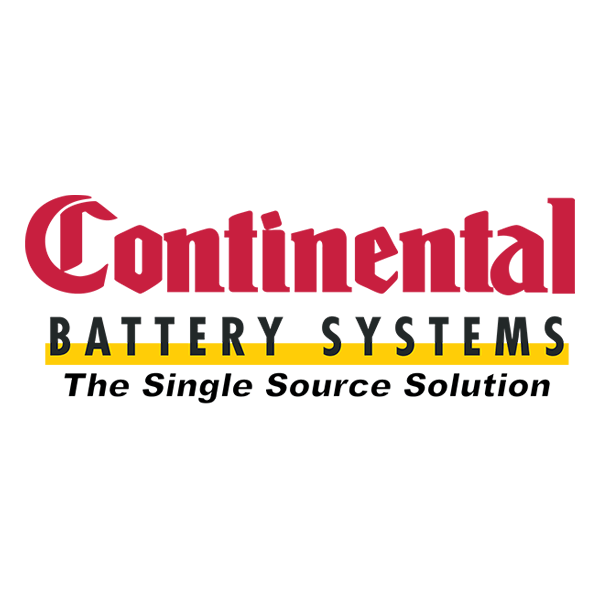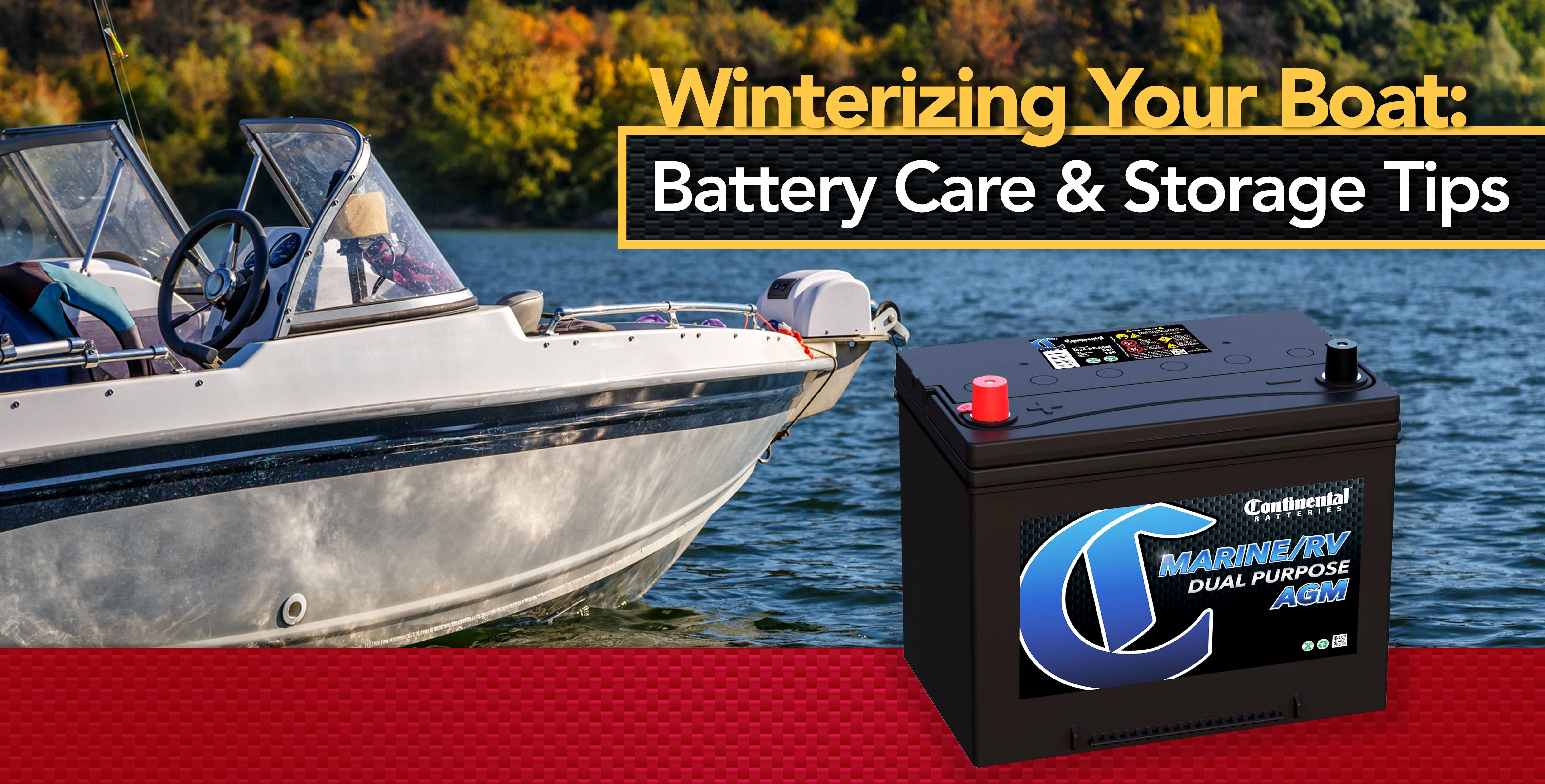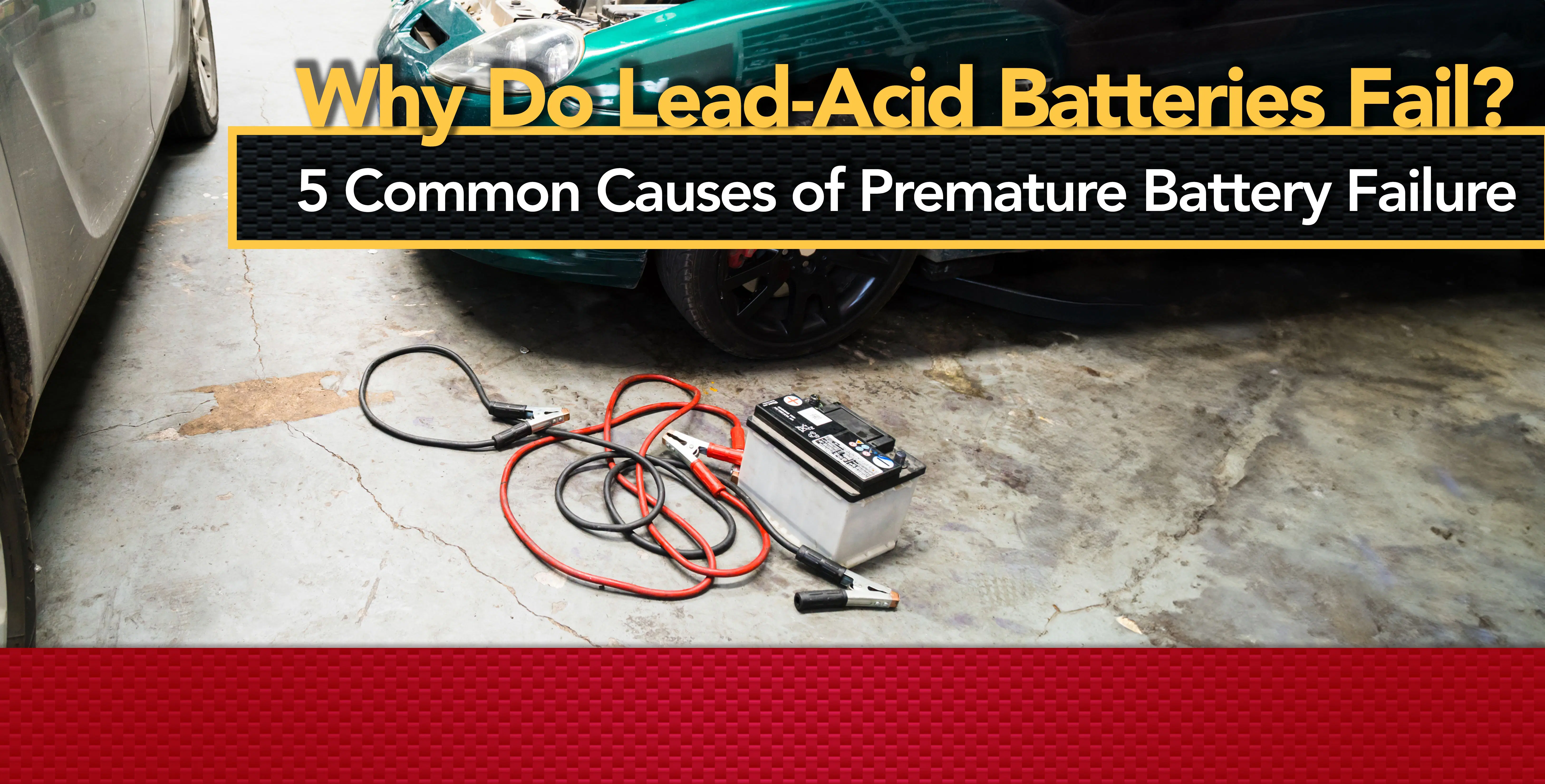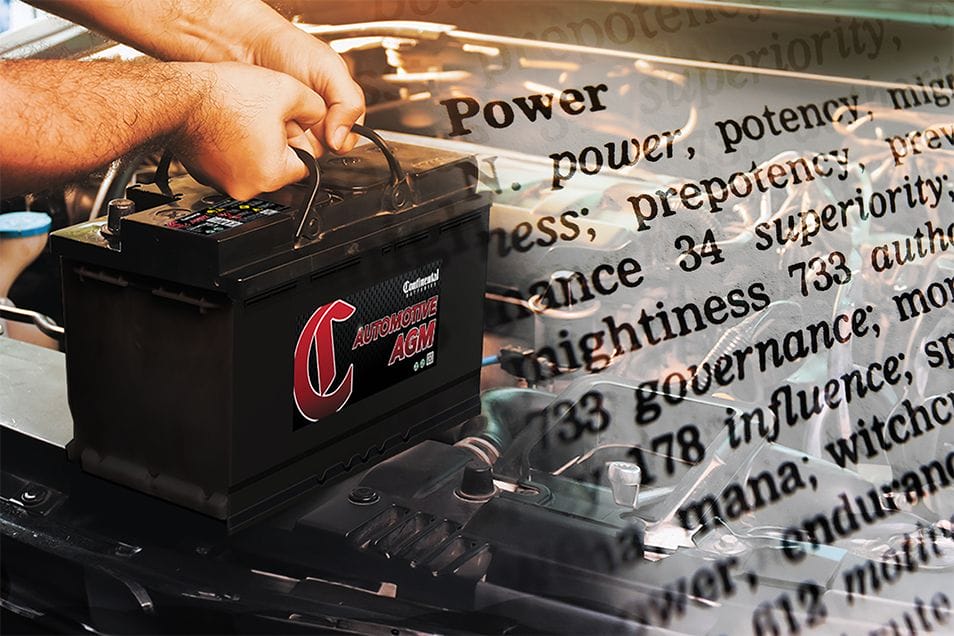
Once thought to be more of a pipe dream, living off the grid is within reach thanks to early adopters and government incentives supporting solar technology.
Solar battery technology is here to stay and evolving more rapidly than you may realize. Fueled by the interest in green technology, new developments are taking place every few years. More affordable now, solar battery technology has acquired more solar adopters than ever before.
The obvious push for clean energy has helped to accelerate the advances in battery technology, coupled with eticing government incentives has created a favorable drop in pricing. Add in the popularity of plug-in electric vehicles, which use similar energy storage and it’s easy to understand why consumers and businesses are both rushing to find the best possible battery. As solar battery technology advances, newer batteries are entering the market.
Before you buy, the first thing you need to know is how to choose the right solar battery. If you have limited know-how you will likely not make the best decisions.
There are good reasons why you should not go for a one-size-fits-all type of solar battery. Most one-size-fits-all batteries use lead-acid technology. These batteries may be bulky in size, but they often lack power storage capacity. The lower cost usually does not justify the power capacity.
These standardized solar batteries are almost always either oversized or undersized. The undersized batteries cannot meet power output demand. The oversized batteries, on the other hand, are not always fully charged, especially in the winter.
All solar batteries are made differently. Some manufacturers use robots, while others assemble batteries manually. The form of quality control can affect the quality of the batteries. Some manufacturers are known to use more lead and heavier grids, which impact the performance of the cells in the battery. Most importantly, some brands of batteries are tested exhaustively for safety and performance while others are not.
As a result, it is not uncommon for batteries with similar specifications to have different performances and lifespans. Finding the right batteries for your solar setup may mean the difference between good and poor power system performance. It may also mean the difference between negligible or high maintenance.
Here are the most important considerations when shopping for a solar battery.
Battery Capacity
Batteries are rated in amp-hours, or simply amps. The indicated power rating is typically the fully developed capacity of the battery. This means that it may take tens to hundreds of charging cycles before the battery can reach the indicated full capacity. It can be misleading to test your battery after only a few cycles of charges.
As a rule, estimate your peak power requirements using amp-hours. A battery rated 100 amp-hours, for instance, can theoretically put out 1 ampere of electric energy for 100 hours or ten amps for 10 hours. When selecting a solar battery, understanding your power needs is the key to choosing the battery with sufficient energy storage.
Lifespan and Charge/Discharge Cycles
The design process often focuses on making the battery resist heat and cold cycles to deliver peak performance for longer. The type of battery technology also plays a significant role in determining the lifespan of the battery. Three factors that affect the longevity of a battery include:
Depth of Discharge: The extent to which the battery is discharged or used, relative to its capacity.
Cyclic life: The number of charge and discharge cycles of the battery. During regular use, flooded batteries typically last for between 300 and 700 cycles. Gel batteries can store and deliver peak power for as many as 500 to 5000 cycles. Lithium batteries can last for up to 200 cycles.
Temperature: The chemical activity inside batteries increases with temperature. To extend the lifespan of your solar batteries, install them in a temperature-controlled room.
Flooded vs Sealed Batteries
Flooded batteries are the standard lead-acid batteries used in vehicles and off-grid solar installations. They are affordable, and because they can be easily cleaned and serviced, have longer lifespans. When in use, these batteries generate small amounts of hydrogen gas.
Sealed batteries are also known as VRLA (valve regulated lead acid) batteries. They cannot be serviced or maintained because they are sealed. A charge controller maintains the fluids and plates inside the battery to prolong their lifespan. These batteries do not emit hydrogen gas when in use.
Peak Power Output
Solar power batteries can be classified by their kilowatt peak or kWp. kWp is the theoretical peak power output of the system in ideal conditions. When choosing a solar battery, the kWp rating indicates the highest amount of power it can output at its best performance: the higher the peak power output rating, the better the battery.
Round-Trip Efficiency
If 100kWh of electricity is fed into a battery, and it can only output 90kWh, the round-trip efficiency of the battery would be 90% (90kWh / 100kWh x 100). It’s best to use batteries with a higher round-trip efficiency because they are more economical.
Ambient Working Temperature
Ambient temperature is the average air temperature surrounding the battery, or the temperature of the room in which the battery is installed. This is particularly important for people living in regions with extreme temperatures.
Brand and Warranty
Many different manufacturers are competing to develop the ideal solar battery. Their design and manufacturing processes differ, and as such, the final products are also different.
Brand is an important factor when choosing solar batteries. Your priorities and budget should dictate whether to buy a battery developed by a new startup or a major automotive company.
Cost
The prices of solar batteries range widely. Solar batteries cost an average of between $400 and $750 per kWh. This brings the total cost of the batteries to between $5,000 and $7,000. The actual prices may vary depending on your location and available brands.
Note that the Federal Investment Tax Credit (ITC) provides an incentive for installing a solar power system in the US. Until the end of 2021, the incentive for installing a residential solar system is 26%.
Solar Battery Types
Lead-acid Batteries
Tried and tested, lead-acid batteries are the standard for electrical energy storage. This type of battery has been around since it was invented in the 17th century, yet it is still the most used in storing power. Until five years ago, these were the only practical batteries that could be used to store electricity for domestic or industrial use.
Lead-acid batteries are the first choice for an off-grid solar system installation. Their price, and stability, make them very dependable and easy to upgrade or replace. Most emergency power backup systems in the country also still use lead-acid batteries.
Lithium-ion Batteries
Li-ion batteries are becoming popular because they are the go-to power storage for electric vehicle manufacturers. The potential of lithium-ion as an energy storage medium is yet to be fully explored, but they are promising. However, at the rate that they are being improved, it is just a matter of time before they become the most popular battery for solar power storage.
There are two types of Lithium-ion batteries in the market. The first, and most popular among electric vehicle manufacturers, is the NMC (nickel-manganese-cobalt) chemistry type. The other is LiFePO 4 (lithium iron phosphate) type battery.
Lithium-ion batteries have found a home in the automotive industry. The demand for this battery is at an all-time high as electric vehicle manufacturers jostle to get a hold of it.
Flow Batteries
Also known as redox flow, the flow battery is a new entrant into the solar battery race is the flow battery. These batteries use a water-based zinc and bromine solution and vanadium to store electrical charge. Flow batteries are ideal for use in situations where the batteries undergo multiple charge/discharge cycles every day. They are ideal for use in large-scale installations.
Sodium-Nickel Chloride Batteries
The sodium nickel chloride battery is a formidable competitor to the lithium-ion battery. This energy storage uses a unique chemistry that makes it fully recyclable. It does not emit toxic chemicals and presents no heating or fire risk. Unlike lithium-ion batteries, Sodium Nickel-Chloride batteries do not require sophisticated cooling systems to work efficiently. Sodium Nickel Chloride batteries are best used in large installations in solar off-grid power installations and emergency power backup systems.
The right battery and size for you is dependent on your specific power needs. The most highly recommended battery for most industrial and residential installations today is the lithium-ion battery. As the battery technology evolves, the batteries are getting more compact, power-dense, and cheaper.
If your budget is slim or you need to install a basic solar system, then lead-acid batteries are just as good. However, because environmental factors directly impact the performance and longevity of these batteries, be sure to weigh its features against expected consumption and climate, among other factors.
If you have lingering questions, contact your local Continental Battery dealership. Our skilled technicians and battery pros can guide you on all of your battery needs.






